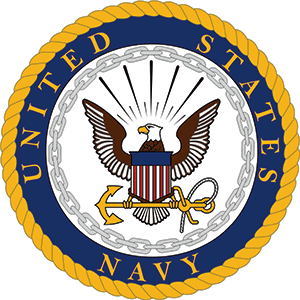ABOUT SBU-20
- Origins in the Early 1980s: SBU-20, formally known as Special Boat Unit 20, was established in the early 1980s as part of the U.S. Navy’s expansion of special operations capabilities during the Cold War.
- Role in Maritime Special Operations: SBU-20 specialized in maritime special operations, including insertion and extraction of SEALs, reconnaissance, and small boat operations in coastal and riverine environments.
- Homeport: The unit was based at Naval Amphibious Base Little Creek, Virginia, placing it strategically on the U.S. East Coast for rapid Atlantic deployment.
- Key Operations in Grenada: Members of SBU-20 participated in Operation Urgent Fury (Grenada, 1983), providing critical support for amphibious landings and special operations forces.
- Transition to Special Boat Teams: In 1994, SBU-20 was redesignated as Special Boat Team 20 (SBT-20) under the Naval Special Warfare Command, reflecting broader, joint operational capabilities.
- Variety of Watercraft: SBU-20 operated a range of high-speed boats, including the Mk V Special Operations Craft and RHIBs (Rigid Hull Inflatable Boats), essential for covert insertion and extraction missions.
- Gulf War Contributions: During Operation Desert Storm (1991), SBU-20 performed reconnaissance, mine-clearance, and support operations in the Persian Gulf.
- Decorated Unit: SBU-20 personnel have received numerous awards, including the Navy Unit Commendation and the Navy and Marine Corps Achievement Medal, for their contributions to national security.
- Training Rigor: Sailors assigned to SBU-20 trained extensively in small craft tactics, survival, weapons handling, and joint operations with other special forces units.
- Legacy of Innovation: SBU-20 helped pioneer tactics and technologies in special boat operations, influencing the evolution of today’s maritime special warfare doctrine.



